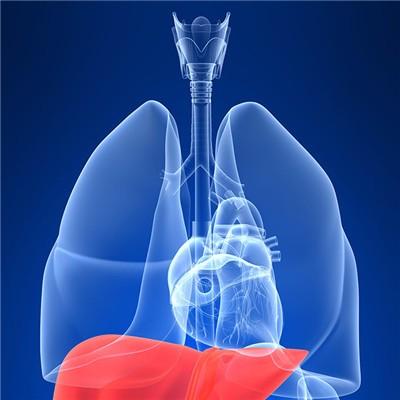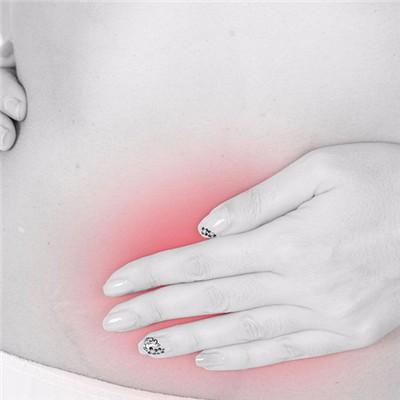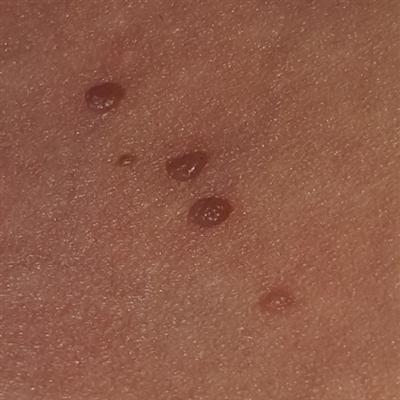Symptoms of advanced nasopharyngeal carcinoma?
summary
Nasopharyngeal carcinoma in the late stage will become very terrible, not only the difficulty of treatment will be increased, but also the pain of patients will be greatly increased. Advanced nasopharyngeal carcinoma often invades the optic nerve near the optic chiasm, causing vision loss, nasal or temporal hemianopia, and blindness in one or both eyes. The abducent nerve has a long course and is located in the area easily invaded by nasopharyngeal carcinoma, so it is often and early invaded, resulting in diplopia and esotropia. The trochlear nerve is affected, and the lateral and inferior rotation of the eyeball is limited, resulting in the difficulty of downward vision. Oculomotor nerve compression, leading to eye movement disorders, ptosis. The ophthalmic branch of trigeminal nerve was involved, and the upper and lower eyelid skin numbness and corneal reflex were dull or disappeared. Exophthalmos is caused by the invasion of orbital tissue. Symptoms of advanced nasopharyngeal carcinoma? Let's talk about it.
Symptoms of advanced nasopharyngeal carcinoma?
(1) In the early stage of aspiration epistaxis, there may be bleeding symptoms, manifested as blood in sputum after nasal suction, or blood in nose when blowing nose. In the early stage, there is only a small amount of blood in sputum or nose, sometimes not. Late stage bleeding is more, can have nosebleed( 2) When nasopharyngeal carcinoma occurs in the lateral fossa of the lateral wall of the nasopharynx or the upper lip of the opening of the eustachian tube, unilateral tinnitus or hearing loss, catarrhal otitis media, unilateral tinnitus or hearing loss, and sense of occlusion in the ear may occur when the eustachian tube is compressed by the tumor, which are the symptoms of early nasopharyngeal carcinoma.
(3) Headache is a common symptom, accounting for 68.6%, which can be the first symptom or the only symptom. In the early stage, the location of headache is not fixed and intermittent, and in the late stage, it is persistent migraine with fixed location. The reason is that the early patients may be caused by neurovascular reflex or stimulation of the first trigeminal nerve, and the late patients may be caused by tumor destruction of skull base or intracranial spread involving cranial nerve( 4) Diplopia often results in the appearance of double shadows on the external vision due to the tumor invading the abducens nerve. Trochlear nerve invasion often causes esotropia and diplopia; Diplopia accounted for 6.2% ~ 19%, often with trigeminal nerve damage at the same time.
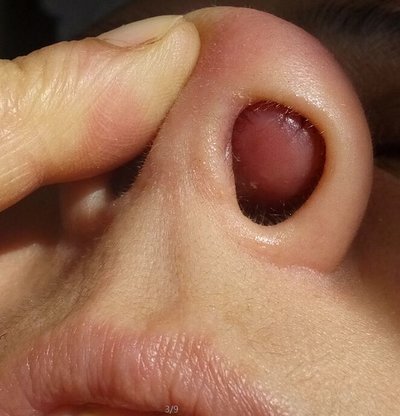
5) Facial numbness refers to facial skin numbness, clinical examination for pain and tactile decline or disappear. The first or second branch of trigeminal nerve is often damaged when the tumor invades cavernous sinus. The facial skin numbness accounts for 10% ~ 27.9% when the tumor invades the anterior region of styloid process of foramen ovale and the third branch of trigeminal nerve( 6) When the tumor is small, the nasal obstruction is lighter. With the growth of the tumor, the nasal obstruction becomes more serious, mostly unilateral; If the tumor blocks bilateral posterior nostrils, bilateral nasal obstruction may occur.
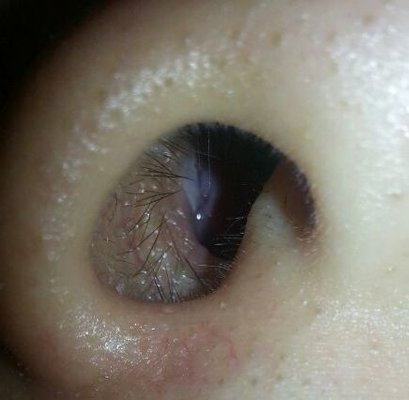
matters needing attention
In a word, the earlier the disease is found, the better the treatment. Don't wait until you are terminally ill to go to the hospital for treatment. No one can control the disease. In addition, the emergence of diseases is often caused by bad living habits, so you should keep good living habits.

